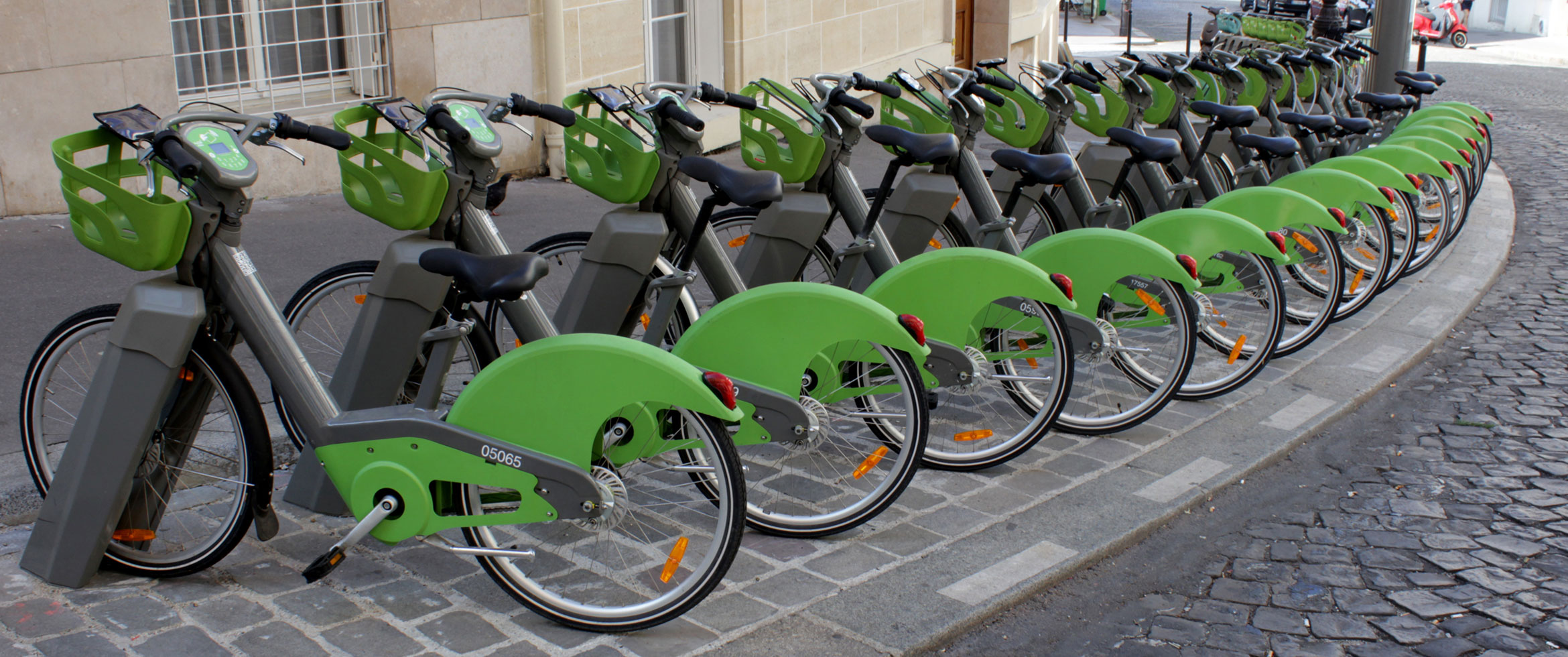Social Norms and Cooperation in Real-life Social Dilemmas
Thogersen, J. (2008). Social norms and cooperation in real-life social dilemmas. Journal of Economic Psychology, 29(4), 458-472.
Travel Mode Choice of Women: The Result of Limitation, Ecological Norm, or Weak Habit?
Matthies, E., Kuhn, S., & Klöckner, C. (2002). Travel mode choice of women: The result of limitation, ecological norm, or weak habit?. Environment and Behavior, 34(2), 163-177. doi:10.1177/0013916502034002001.
Understanding Air Force Members' Intentions to Participate in Pro-environmental Behaviors: An Application of the Theory of Planned Behavior
Laudenslager, M., Holt, D., & Lofgren, S. (2004). Understanding air force members' intentions to participate in pro-environmental behaviors: An application of the theory of planned behavior. Perceptual and Motor Skills, 98(3,Pt2), 1162-1170. doi:10.2466/PMS.98.4.1162-1170.
How Habits Interfere with Norm-Directed Behaviour: A Normative Decision-Making Model for Travel Mode Choice
Klöckner, C., & Matthies, E. (2004). How habits interfere with norm-directed behaviour: A normative decision-making model for travel mode choice. Journal of Environmental Psychology, 24(3), 319-327. doi:10.1016/j.jenvp.2004.08.004.
Structural Modeling of Car Use on the Way to the University in Different Settings: Interplay of Norms, Habits, Situational Restraints, and Perceived Behavioral Control
Klöckner, C., & Matthies, E. (2009). Structural modeling of car use on the way to the university in different settings: Interplay of norms, habits, situational restraints, and perceived behavioral control. Journal of Applied Social Psychology, 39(8), 1807-1834. doi:10.1111/j.1559-1816.2009.00505.x.
Determinants of Active Commuting
Kayser, B. (2008). Determinants of active commuting. Preventive Medicine: An International Journal Devoted to Practice and Theory, 46(1), doi:10.1016/j.ypmed.2007.08.016.
Extending the Theory of Planned Behavior: Predicting the Use of Public Transportation
Heath, Y., & Gifford, R. (2002). Extending the theory of planned behavior: Predicting the use of public transportation. Journal of Applied Social Psychology, 32(10), 2154-2185. doi:10.1111/j.1559-1816.2002.tb02068.x.
Car Use of Young Adults: The Role of Travel Socialization
Haustein, S., Klöckner, C., & Blöbaum, A. (2009). Car use of young adults: The role of travel socialization. Transportation Research Part F: Traffic Psychology and Behaviour, 12(2), 168-178. doi:10.1016/j.trf.2008.10.003.
Explaining Proenvironmental Intention and Behavior by Personal Norms and the Theory of Planned Behavior
Harland, P., Staats, H. & Wilke-Henk, A. M. (1999). Explaining proenvironmental intention and behavior by personal norms and the theory of planned behavior. Journal of Applied Social Psychology, 29, 12, 2505-2528.
Situational and Personality Factors as Direct or Personal Norm Mediated Predictors of Pro-Environmental Behavior
Harland, P., Staats, H., & Wilke, H. (2007). Situational and personality factors as direct or personal norm mediated predictors of pro-environmental behavior: Questions derived from norm-activation theory. Basic and Applied Social Psychology, 29(4), 323-334.



